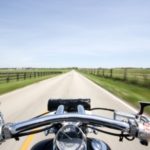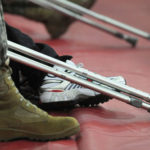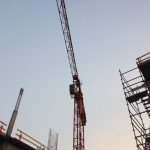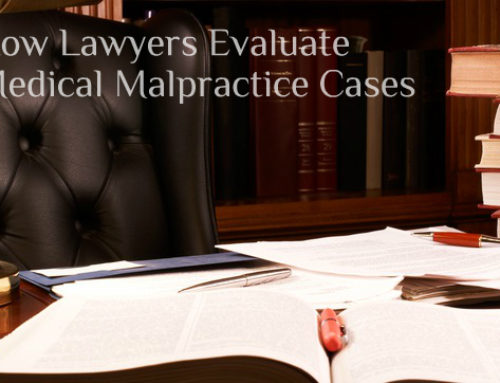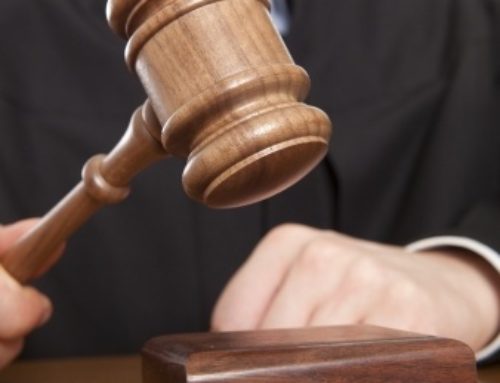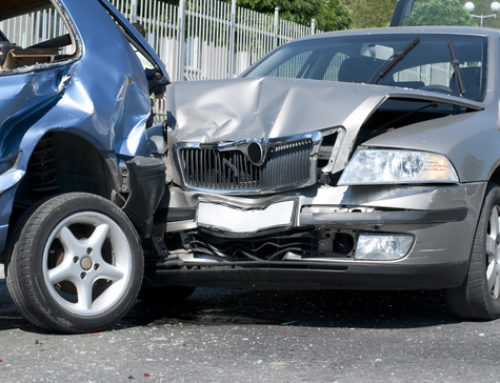When someone slips and falls on someone else’s property and gets injured, this is considered a “slip and fall” personal injury case. In a broader sense, these cases fall under “premises liability” claims. If a property owner does not maintain the safety of his or her premises and someone is injured because of this negligence, the property owner may be liable in a court of law; compensation may be owed to the injured party.
Some examples of slip and fall conditions may include:
Ripped or torn carpeting
Uneven floorboards
Inadequate lighting
Narrow stairs
Wet floor
Cracked sidewalks
Faulty stair design
In order for a slip and fall personal injury case to be successful, the injured party, or plaintiff, will need to prove that the walking path conditions were the direct result of the plaintiff’s injury. In nearly all cases, photographs are the best way to provide evidence. Moreover, these photographs generally need to be taken at the time of the accident. For instance, if you leave a friend’s apartment building and you slip down wooden stairs, you will want to take pictures of the stairs that caused the injury. In cases where immediate medical attention is necessary, pictures can be taken later. If the edge of one of the steps was worn, causing your foot to slip and you to tumble down the remaining stairs, this step will need to be photographed as evidence. Even more, you will need to prove that the property owner knew that the step was worn; this is called a “dangerous condition.” Also, the injured party should not have anticipated the dangerous condition under normal circumstances. In order to prove that the property owner was aware of the dangerous condition, the following must be shown:
The property owner created the condition
The property owner was aware of the condition but was negligent in having it corrected
The condition was present for a length of time that the property owner should have discovered it and fixed before the slip and fall accident occurred.
In order for the plaintiff to be successful in a slip and fall case, it must be proven that the property owner was aware of the dangerous condition but did not correct it.
For the scenario above, the property owner, not the tenant, is responsible for the worn step that caused the injury. However, the tenant has a responsibility to prove these four things in order for the landlord to be liable:
The landlord had control over the dangerous condition.
The repair would have been a reasonable expense and not extraordinarily difficult
Serious injury was a foreseeable outcome of not correcting the dangerous condition
The landlord’s negligence in fixing the dangerous condition is what caused the injury
Contact Legal Help
Slip and fall injuries can be complex, especially when trying to prove the property owner’s intentional negligence. Always be sure to take pictures, if practical, immediately following the slip and fall accident. If you have a camera or camera phone available, either take pictures yourself, or ask a witness to take pictures for you. Contact a knowledgeable personal injury attorney to discuss your claim. The attorneys at Ingerman & Horwitz are experienced with personal injury and premises liability cases, and know how to get you the compensation you deserve. Contact us today. We’re here to help.



